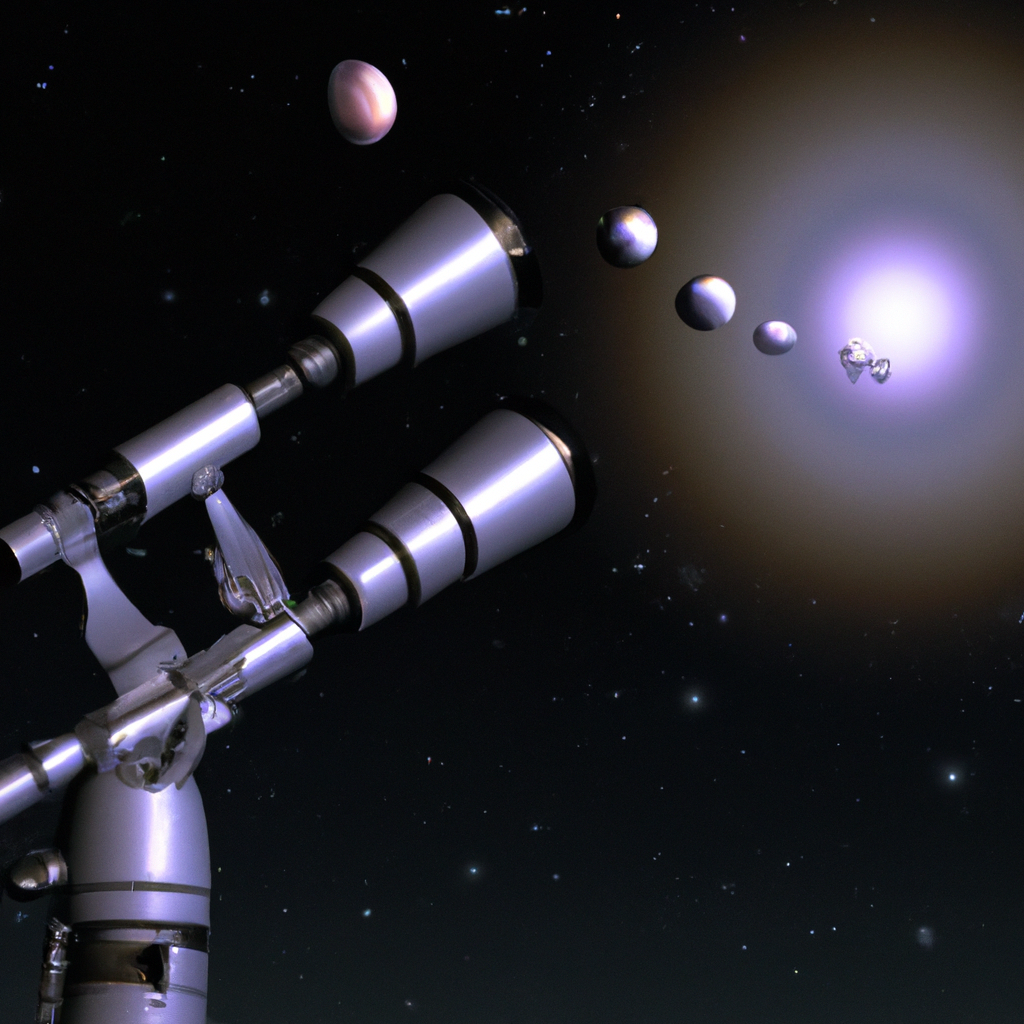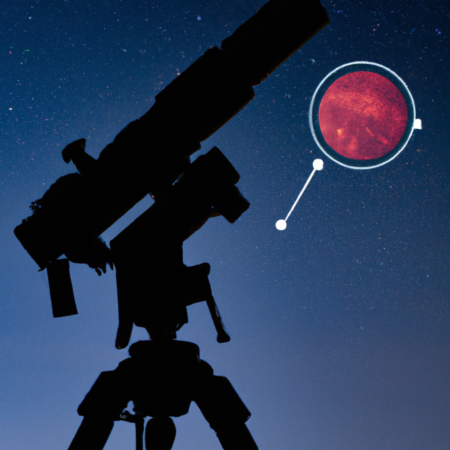Exploring the Giants: The Latest Discoveries in Exoplanet Research
As we advance into the second quarter of 2025, the field of exoplanet research continues to unveil astonishing discoveries that not only expand our knowledge of the universe but also challenge our understanding of planetary systems. This blog post delves into the most recent findings and their implications for both science and our place in the cosmos.
Revolutionizing Techniques in Exoplanet Detection
The continual refinement of detection methods has led to the discovery of planets that were once beyond our reach. Advanced techniques like transit photometry and radial velocity have been supplemented by new AI algorithms that analyze vast data sets more accurately than ever before.
Characterizing Distant Worlds
Recent missions have focused on characterizing the atmospheres of exoplanets, revealing the presence of water vapor, carbon dioxide, and even organic molecules on some planets. These findings are crucial as they provide insights into the potential habitability of these distant worlds.
Implications for Astrobiology
The detection of bio-signatures from other planets has profound implications for the field of astrobiology. The possibility of life beyond Earth is now more plausible, with several exoplanets showing conditions that could support life.
Future Prospects
Looking ahead, the launch of next-generation telescopes will allow us to peer deeper into the cosmos, providing even more detailed surveys of exoplanets. The future of space exploration and planetary science promises to unveil further mysteries of our universe.
Stay tuned as we continue to explore the boundaries of space and uncover the secrets of the cosmos.






